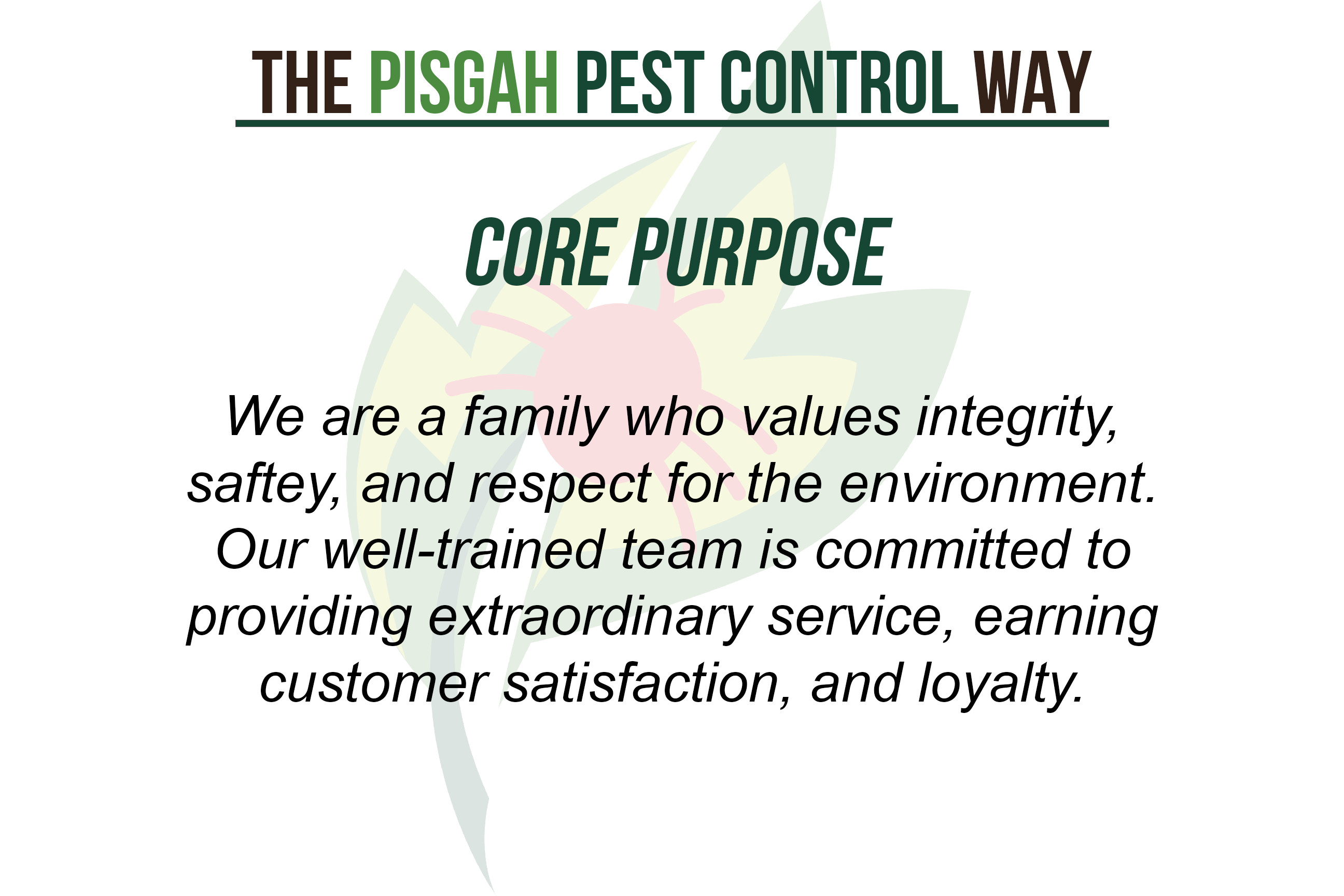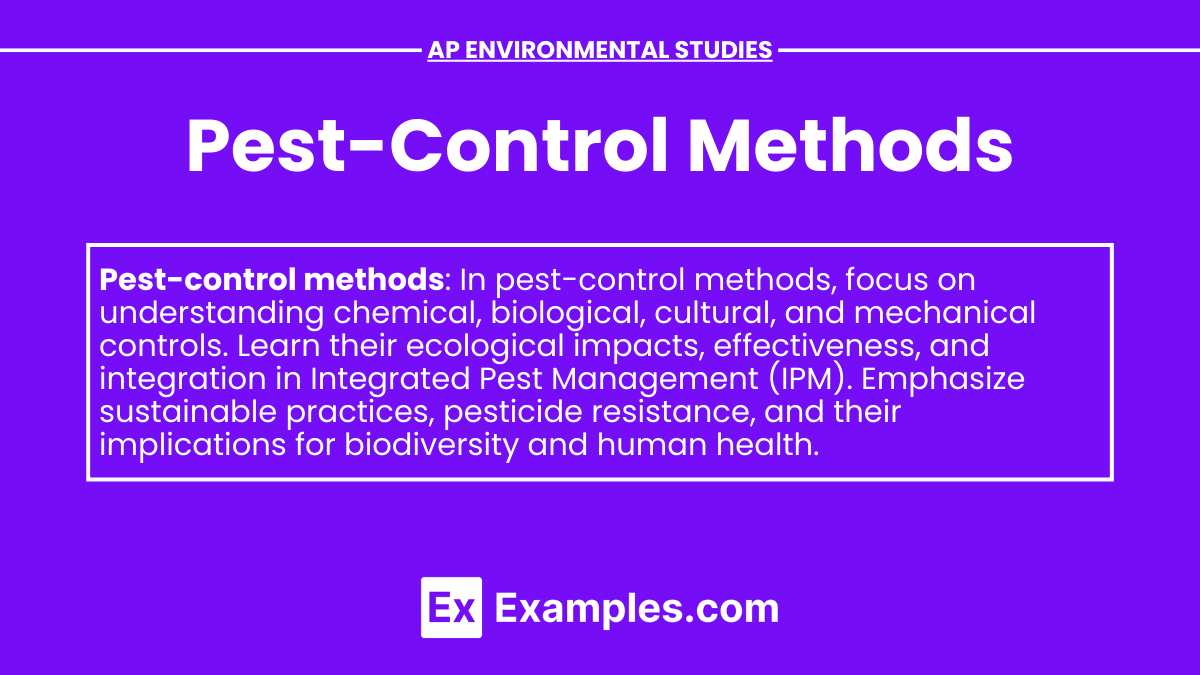Pestwise for Beginners
Pestwise for Beginners
Blog Article
The Best Guide To Pestwise
Table of ContentsThe Main Principles Of Pestwise Pestwise Can Be Fun For EveryoneThe Best Strategy To Use For PestwiseSome Known Factual Statements About Pestwise Top Guidelines Of PestwiseGet This Report on PestwiseThe Of Pestwise

Q. Specify "incorporated parasite administration" (IPM) and list numerous possible control tactics that might be utilized in an IPM strategy. A. Integrated parasite administration is the combining of ideal pest control techniques into a solitary strategy to reduce parasites and their damage to an appropriate level. Insect control tactics may consist of: host resistance, biological control, social control, mechanical control, hygiene, and chemical (pesticide) control.
The 7-Second Trick For Pestwise
What can you do to maintain the pests you are trying to regulate from becoming resistant to the pesticides you make use of? A. Pest resistance can be reduced by utilizing integrated bug monitoring and turning the sorts of chemicals utilized.
Insects are an important hazard to the farming service, and incorporated pest management helps growers address and minimize these risks. Integrated insect management makes use of several methods in complex, therefore being a much more effective solution to the issue. Pest Control. Specifically, getting rid of hostile chemical techniques enables for decreasing injury to individuals and the setting by making use of all-natural and more secure choices instead
Top Guidelines Of Pestwise
The goal of incorporated bug administration is to reduce this harm and control appropriate invasion levels as opposed to remove all unwanted populations. This is why it is necessary to comprehend what steps are warranted in each case and usage hostile ones only when other integrated monitoring methods don't function. Integrated administration reduces the adverse repercussions of a non-IPM method, and the main advantages of IPM Perks of IPM.
A right understanding of the infestation extent figures out if the problem must be addressed. are the following components of an IPM program since it is necessary to recognize if the microorganisms make potential risks and pick the integrated administration alternatives or the particular pesticide usage. plan to decrease problems by using different agronomic methods.
Facts About Pestwise Revealed
Integrated management options in an IPM program beginning with more secure to extra aggressive ones. The above-mentioned incorporated monitoring elements assist understand how to plan and apply an IPM program action by step: Screen your crops frequently.

Amongst others, IPM social approaches include the adhering to field management techniques: dirt therapy; selection of appropriate plants; plant turning; interplanting or strip cropping; option of growing days; weed control; use of trap plants. Favorable dirt problems speed up plant growth, and energetic plants are more resistant to problems. Healthy plants and seeds determine effective crop advancement, so it is vital to choose pest-free planting material with solid origins.
Hence, among other applications, plant turning can be efficiently utilized as an incorporated insect monitoring method. Pests spread slower if rows of different plant types divide their host plants in intercropping or strip chopping, which is additionally used in the integrated insect monitoring system. Alternatively, infestations raise when plants of the same crop type or household expand with each other.
, as well as tomatoes. Growing catch plants in spots is another option for IPM intercropping. This incorporated pest management approach recommends drawing in bugs to certain plants and then controlling them with chemical or mechanical strategies.
All About Pestwise
Obstacles are common instances of physical IPM approaches. Mature pests or their eggs and larvae are collected by hand and ruined.

Division of Plant Sciences. University of Missouri. Dirt solarization is an effective integrated administration technique to sanitize the area by heating it in a natural method. This incorporated management technique suggests a common way of ruining parasites by predators, parasitoids, microorganisms, and various other organic control agents (aka antagonistic organisms). The duty of organic control in IPM is to.
Pestwise - Questions
With time, their populace transformed out to be a genuine problem to farmers together with native kangaroos or dingoes. The walking stick toad is one more case illustrating incorporated biological control failure hereof when it refused to hunt the target varieties and came to be a bug itself. Parasitoids establish on or within their hosts to ultimately kill them after maturing.
Report this page